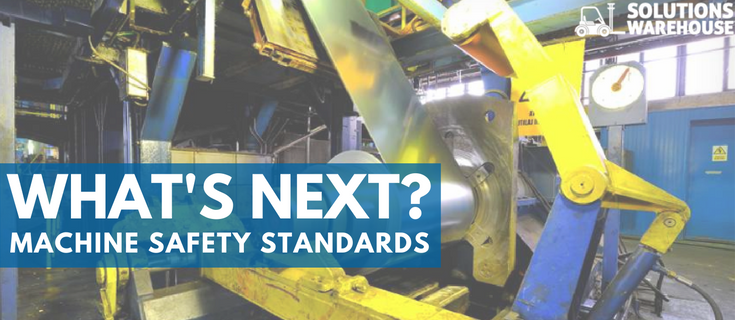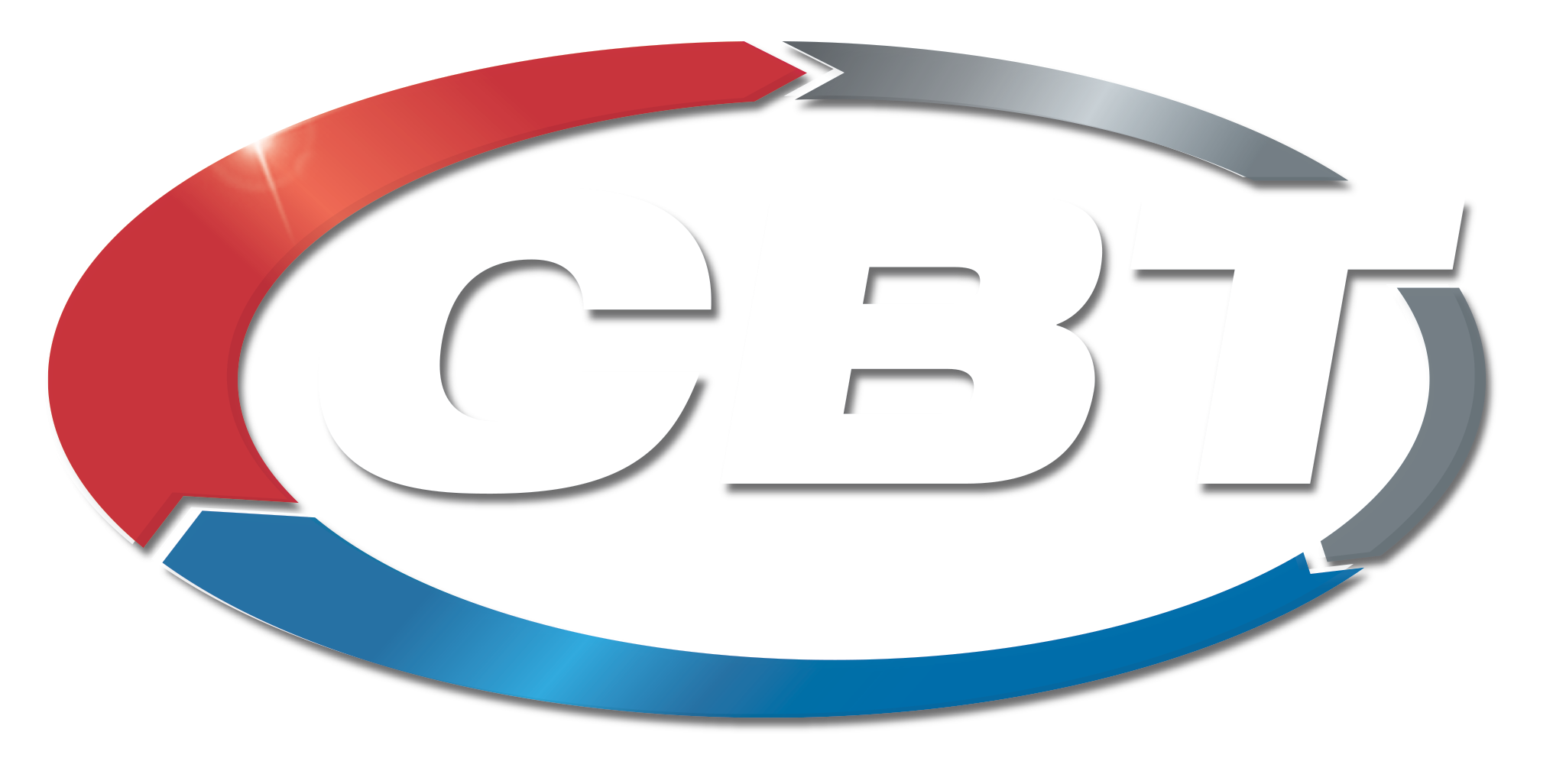 The movement toward a single global machine safety standard has been a long time coming — and now it’s going to be a little longer. The merger of safety standards ISO 13849 and IEC 62061 into one standard, IEC/ISO 17305, was scheduled to take effect in 2017. However, the project was cancelled, at least for now, based on decisions made at the October 2015 plenary meeting of ISO technical committee ISO/TC199. With significant discrepancies existing between the ISO and IEC standards, the committee simply couldn’t reconcile those differences within the time constraints of its deadline. As a result, IEC/ISO 17305 is stopped, and its long-term future won’t be definitively known until after the next IEC/TC 44 and ISO/TC199 plenary meetings in October 2016 and March 2017, respectively. Despite this setback of the proposed merger, machine designers can still expect to see changes to global machine safety standards in the coming years. After all, although IEC/ISO 17305 is currently cancelled, its longer term future is still under consideration. In the meantime, updates to the ISO 13849 and IEC 62061 standards are in the works.
The movement toward a single global machine safety standard has been a long time coming — and now it’s going to be a little longer. The merger of safety standards ISO 13849 and IEC 62061 into one standard, IEC/ISO 17305, was scheduled to take effect in 2017. However, the project was cancelled, at least for now, based on decisions made at the October 2015 plenary meeting of ISO technical committee ISO/TC199. With significant discrepancies existing between the ISO and IEC standards, the committee simply couldn’t reconcile those differences within the time constraints of its deadline. As a result, IEC/ISO 17305 is stopped, and its long-term future won’t be definitively known until after the next IEC/TC 44 and ISO/TC199 plenary meetings in October 2016 and March 2017, respectively. Despite this setback of the proposed merger, machine designers can still expect to see changes to global machine safety standards in the coming years. After all, although IEC/ISO 17305 is currently cancelled, its longer term future is still under consideration. In the meantime, updates to the ISO 13849 and IEC 62061 standards are in the works.
The Evolution of Machine-Safety Standards
Any eventual re-implementation of the IEC/ISO 17305 merger process would represent another step forward in the evolution of safety standards. However, even without the merger process, the evolution will continue with further updates and continued convergence of ISO 13849 and IEC 62061. These two standards have many similarities, but they also have distinctions that set them apart for use with different types of machinery. ISO 13849 is used primarily for conventional machines and equipment, including those used in discrete production where only a simple, self-contained design and validation methodology is required. On the other hand, IEC 62061 is typically used for more complicated machines and equipment that require more complex safety functions and more flexibility, such as those used in process applications. The transition to these two standards was a significant leap for many machine designers. Switching from simple machine-safety categories to performance level (PL) and safety integrity level (SIL) models brought on greater complexity. It has also resulted in confusion about when SIL-qualified components can be used in PL-qualified systems, or vice versa, and created extra training demands to help ensure engineers understand both standards. At the same time, the added value that these two standards have brought to the safety-compliance process is undeniable. The standards’ support of new, programmable-safety technologies helps end users meet safety requirements while also enhancing productivity. The two standards also provide a simplified means for machine builders and end users to achieve safety compliance in multiple markets around the world. One company that’s been able to capitalize on the advantages of IEC 62061 and ISO 13849 is Wisconsin-based Paper Converting Machine Company (PCMC), a global provider of tissue converting, packaging, flexographic printing and nonwoven technology. It’s using the two standards to make safety an integral part of its design process and legacy equipment upgrades. “It’s really a change in philosophy,” says Jill Thiede, strategic accounts manager for PCMC. “Now, we can design an integrated safety system that reduces machine hazards and associated risks — and improves overall efficiency and productivity.” PCMC now can use the standards to implement contemporary safety technologies. For example, it can use zone control to divide a complex converting line into safety zones that correspond to specific risks or hazards. The system can be configured to safely remove power from one zone so a maintenance technician can service it, while keeping the rest of the line up and running.
Preparing for Changes
If IEC/ISO 17305 ever does come to pass, it will be some years from now, and it likely will encounter some degree of resistance just as any standards change does. However, machine designers should find that their migration to and understanding of the current IEC 62061 and ISO 13849 standards will make their migration to whatever evolves in the future more manageable. Those who are concerned with understanding the relationship between the two standards, and the potential areas of convergence between them, can start by studying ISO TR 23849 or IEC/TR 62061-1. These technical reports provide helpful interpretations of ISO 13849 and IEC 62061 and offer guidance on the specific applications of each standard. Meanwhile, as mentioned previously, work already is underway on the next editions of the IEC 62061 and ISO 13849 standards. The two standards bodies will be able to use the work that was already completed on IEC/ISO 17305 to help keep the revised editions on a converging path. The revised standards likely will be released in the next few years. As far as potential changes to expect for ISO 13849, machine designers may get some relief from the quantification and calculation burdens required for more simple and deterministic systems. IEC 62061 may include additions and improvements that address new factors, such as low-demand safety applications, to cover a wider range of equipment and machinery. Still, even as these changes are made, the basic requirements of the standards will stay the same. That’s why it’s important that machine designers commit to understanding and making the most of ISO 13849 and IEC 62061. This is especially true for safety professionals who are responsible for updating and maintaining their organizations’ corporate safety standards. Those who commit to understanding the existing standards will be better prepared today to develop higher-performing and internationally competitive machinery, while also containing the costs of multinational safety compliance. They’ll also be better positioned in the future to migrate to the revised standards — and eventually to a single converged standard, if it happens.
This article was originally written by Derek Jones for Rockwell Automation Journal.
For more information on Safety Solutions, contact your CBT specialist today.












